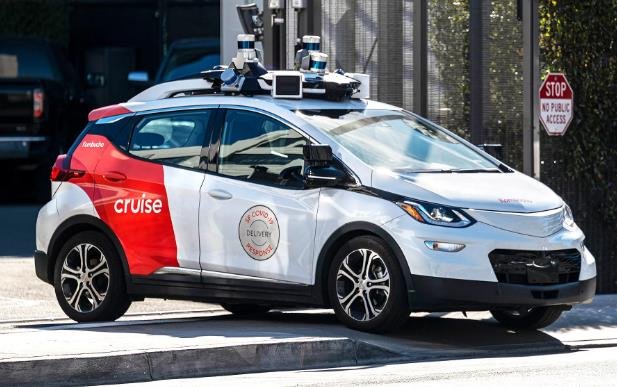San Francisco, a city known for its tech innovation and progressive culture, is also becoming a battleground for self-driving car companies. On Friday night, January 22, 2023, a fleet of autonomous vehicles operated by Cruise, a subsidiary of General Motors, caused a major traffic disruption in several neighborhoods of the city. The driverless cars suddenly stopped working and clustered together in intersections, blocking the flow of traffic and creating confusion among drivers and pedestrians.
According to Cruise, the problem was caused by “wireless connectivity issues” due to an overload of cellphone usage at the Outside Lands music festival in Golden Gate Park. The company said it resolved the issue and no passengers were impacted. However, the incident raised serious questions about the safety and reliability of self-driving cars in urban environments, especially in emergency situations.

City officials demand tighter regulation of robotaxis
The Cruise car meltdown came just a day after the California Public Utilities Commission (CPUC) voted to lift all restrictions for Cruise and Waymo, another self-driving car company backed by Alphabet, to offer full commercial robotaxi service in San Francisco. The decision allows the companies to charge fares for their rides and operate without human safety drivers or speed limits. The CPUC also approved a fleet size of 500 vehicles for each company.
The city officials of San Francisco were not happy with the CPUC’s decision, which they said was made without proper consultation or oversight. They argued that the expansion of robotaxi service poses significant risks to public safety, transportation equity, and environmental sustainability. They also expressed concern that the self-driving cars would interfere with the city’s emergency response system, as demonstrated by the Cruise car breakdown.
On Sunday, January 24, 2023, Supervisor Aaron Peskin announced that the city would ask the state to revisit the CPUC’s decision and impose stricter regulations on the self-driving car companies. He said that the city would seek to partner with Cruise and Waymo, but also demand more transparency and accountability from them. He said that the city wants to get it right and not rush into a “holy grail” of autonomous mobility that could have unintended consequences.
Self-driving car industry faces challenges and competition
The incident in San Francisco is not the first time that self-driving cars have encountered problems on public roads. In October 2022, Waymo vehicles were reported to get stuck on a dead-end street in the city, causing confusion among residents. In March 2018, an Uber self-driving car killed a pedestrian in Arizona, prompting a suspension of its testing program. In February 2016, a Google self-driving car crashed into a bus in California, marking the first time that an autonomous vehicle was responsible for an accident.
Despite these setbacks, the self-driving car industry has been growing rapidly in recent years, attracting billions of dollars in investment and research from tech giants, automakers, and startups. The companies claim that their technology can reduce traffic congestion, improve road safety, and provide mobility options for people who cannot or do not want to drive. They also hope to capture a large share of the lucrative transportation market, which is expected to reach $8 trillion by 2030.
However, the industry also faces many challenges and competition from various stakeholders. Besides regulatory hurdles and technical glitches, the self-driving car companies have to deal with public skepticism and ethical dilemmas regarding their vehicles’ behavior and decision-making. They also have to compete with each other for customers, data, and talent, as well as with traditional transportation modes such as public transit, ride-hailing, and personal cars.
